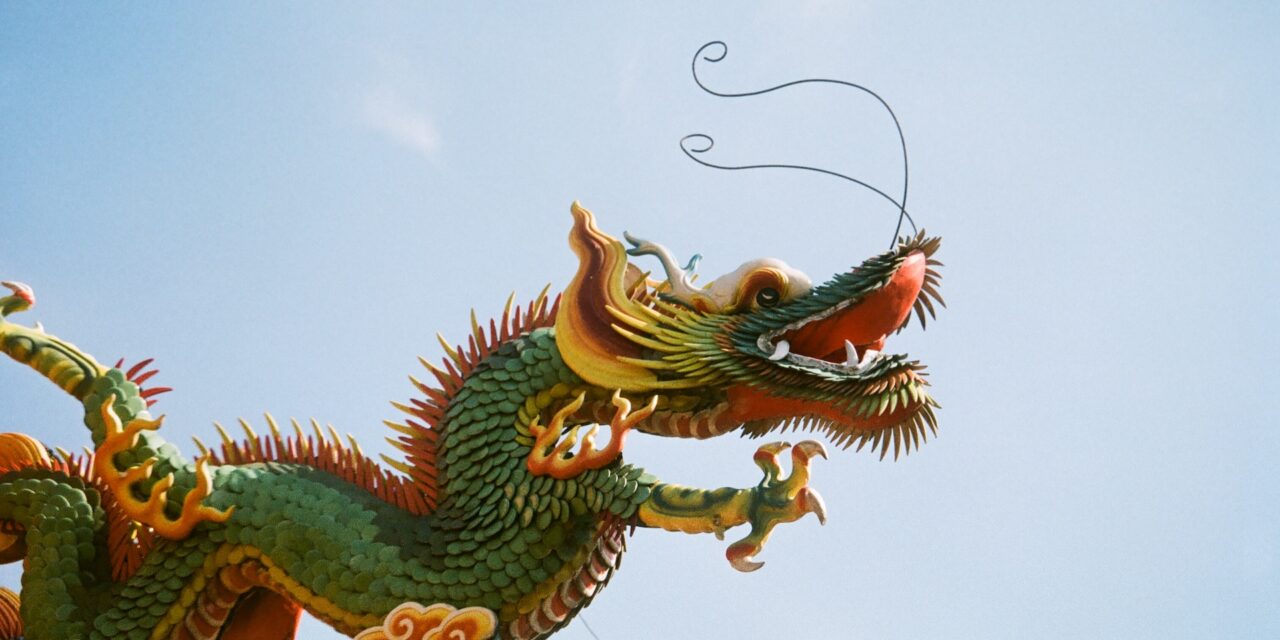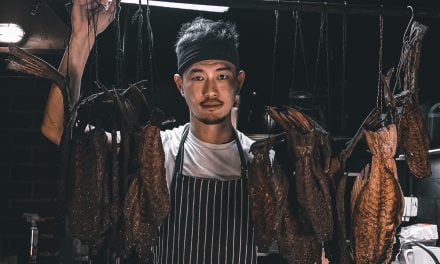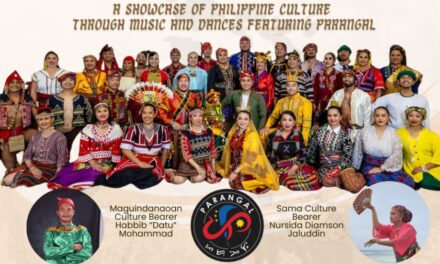As the Chinese community kicks off the Lunar New Year on Saturday, Singapore embraces the year of the wood dragon with its own blend of traditions and multiculturalism.
“Singapore is not really a melting pot, but rather like the dish rojak or salad. Different ingredients retain their unique flavours even after mixing up. We do not attempt to mix and blend everything,” Chung Kwang Tong told Diplomatic Network (Asia) in an interview.
Chung is an ordained Taoist and interfaith practitioner as well as the deputy executive director of youth development charity Character Leadership Academy.
Lunar New Year does not have to be celebrated solely by the Chinese community.
“People of any cultures can immerse into the local Chinese customs and practices – joining us shopping for new year goodies in Chinatown or visiting Chinese friends with a pair of mandarin oranges,” Chung said.
Lunar New Year symbols
Traditions around the Lunar New Year are steeped in different symbolisms.
Chinese parents have long practiced the custom of placing fruit, symbolic of abundance, such as mandarins beside their children’s pillows for Lunar New Year. These are accompanied by red envelopes containing money tucked under the pillow – red being associated with good luck and vitality.
The red envelopes ward off folkloric monsters and bring blessings of abundance for the coming year.
Relationships and food
Family and community play a central role during Lunar New Year celebrations, with it being a time for reunion and rekindling of relationships.
“Any unpleasant experience shall be forgotten, and all grudges and ill intentions should be forgiven. It’s the time for communities to get together for gatherings and strengthening friendships,” Chung said.
Over the years, the celebration of Lunar New Year in Singapore has evolved, incorporating new elements while preserving age-old traditions.
“We can observe new flavours in traditional new year food, such as the roasted pork slice. Now we get unique flavours such as those smoked over lychee wood. There are also interesting cultural fusions in the food, and it’s not uncommon to see Peranakan, Malay and Indian sweets and snacks sold as Chinese New Year goodies too,” Chung said.
Out with the old, in with the new
For diplomats and visitors from abroad, understanding the customs and practices associated with Lunar New Year in Singapore is essential. From participating in spring cleaning rituals to embracing the tradition of buying new clothes for the occasion, there are numerous ways to immerse oneself in the festive spirit.
“It’s a time of gatherings and lots of shopping… Chinese will do Spring cleaning and tidy up our house before ushering the new year. Damaged appliances and discoloured furniture will be disposed,” Chung said.
“We will also buy new clothes to welcome the new year. So, look out for many great discounts at the shopping malls! It’s also a great time to visit the homes of Chinese friends during this period to deepen friendships.”






